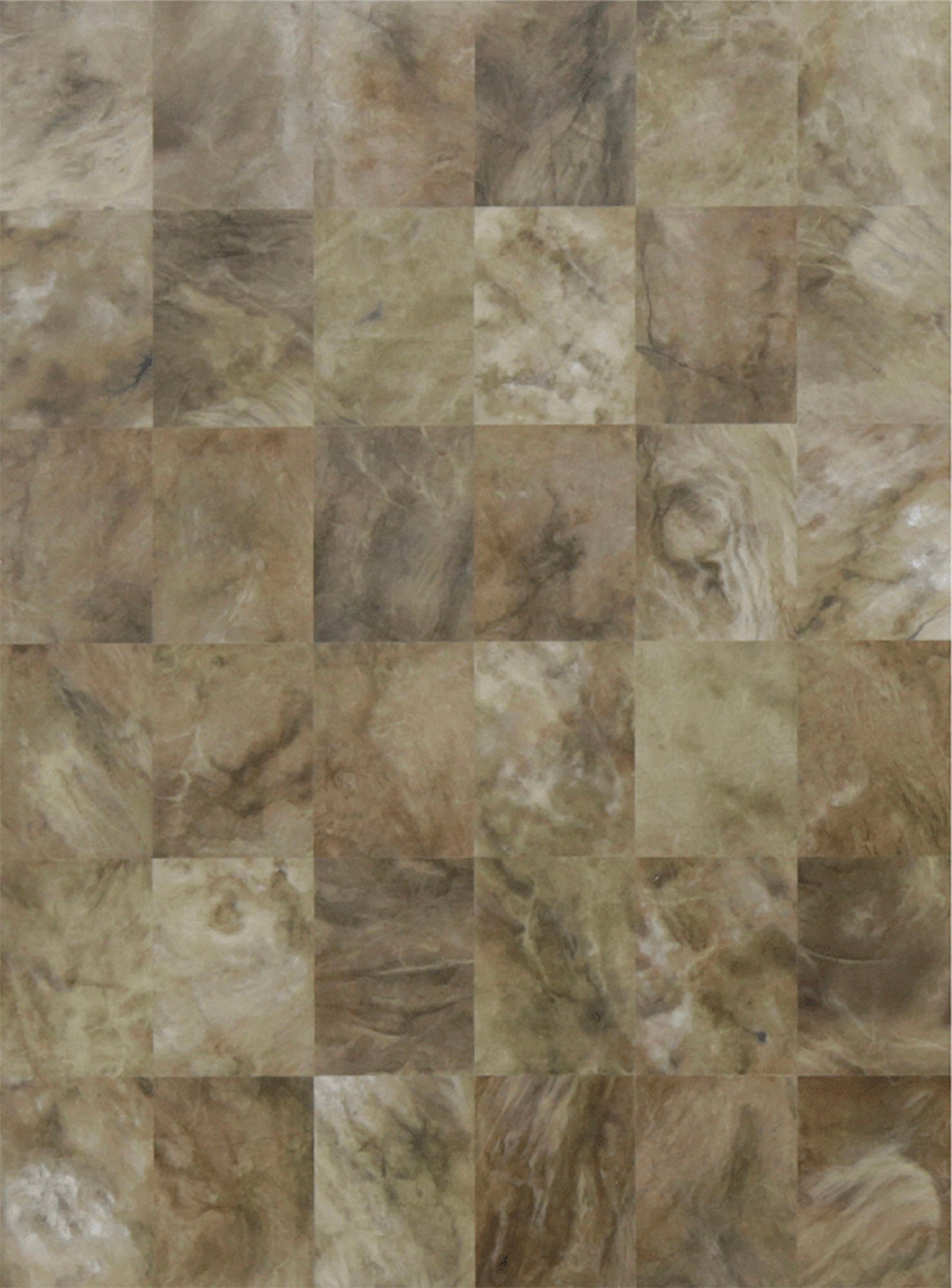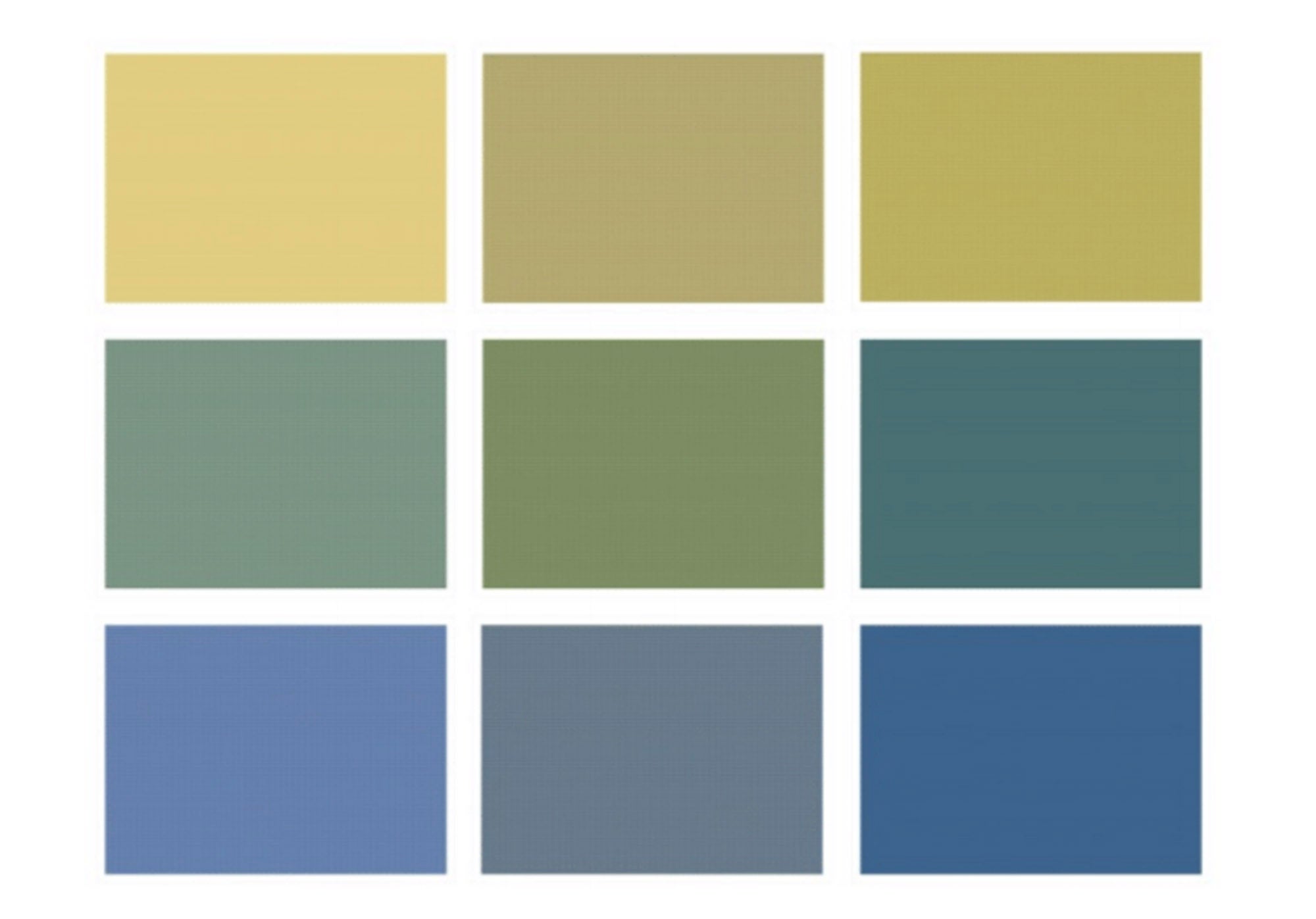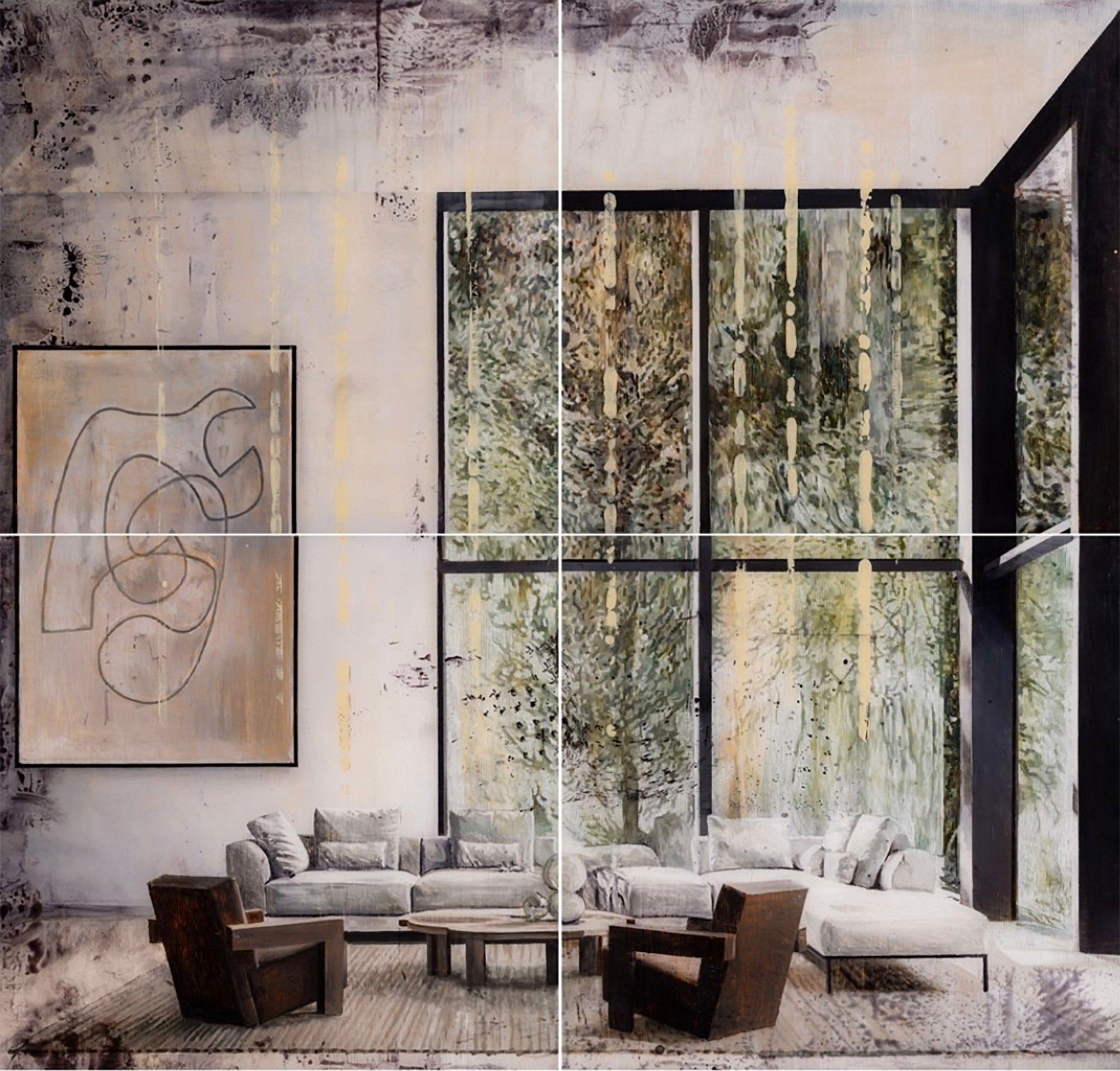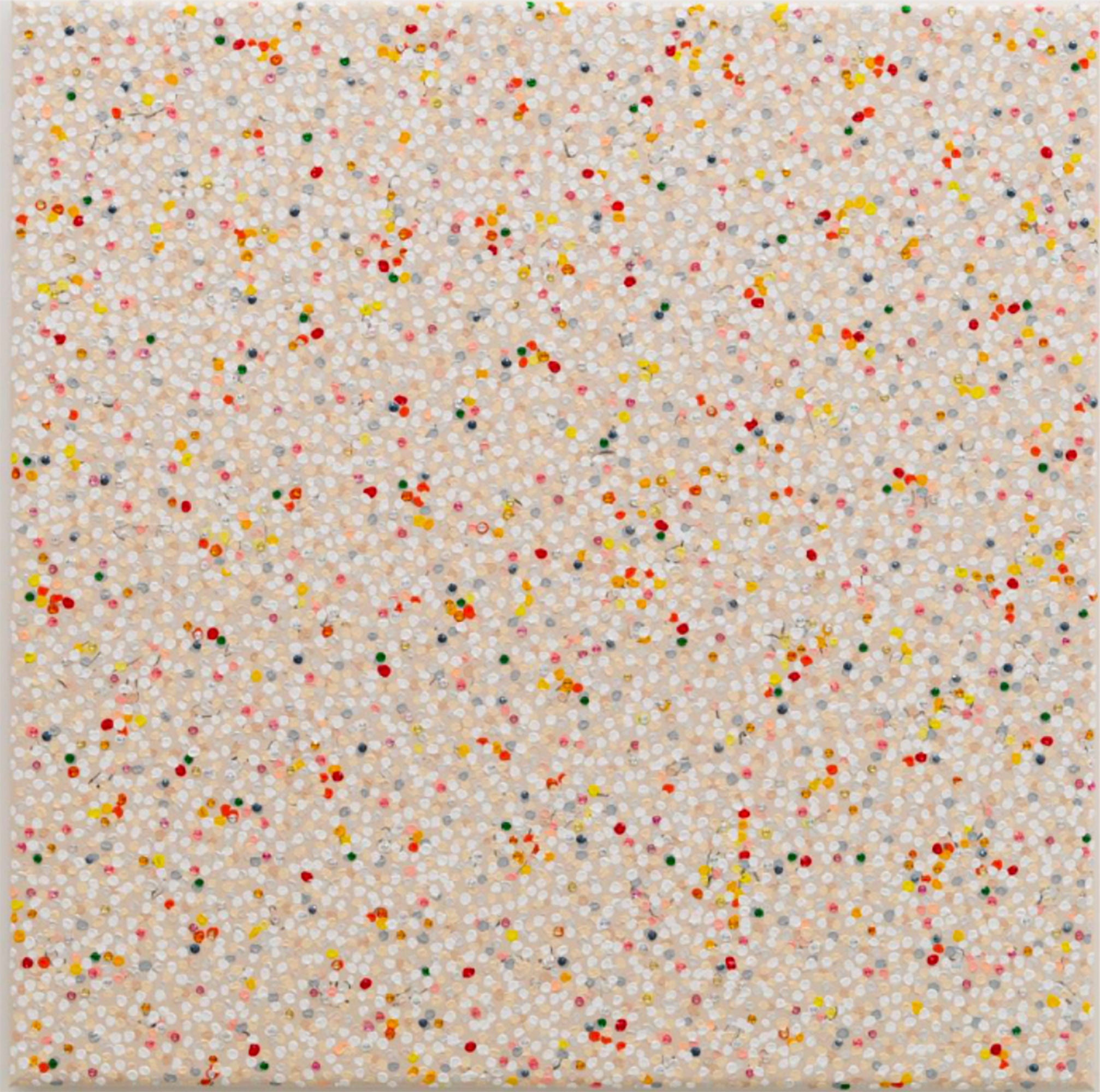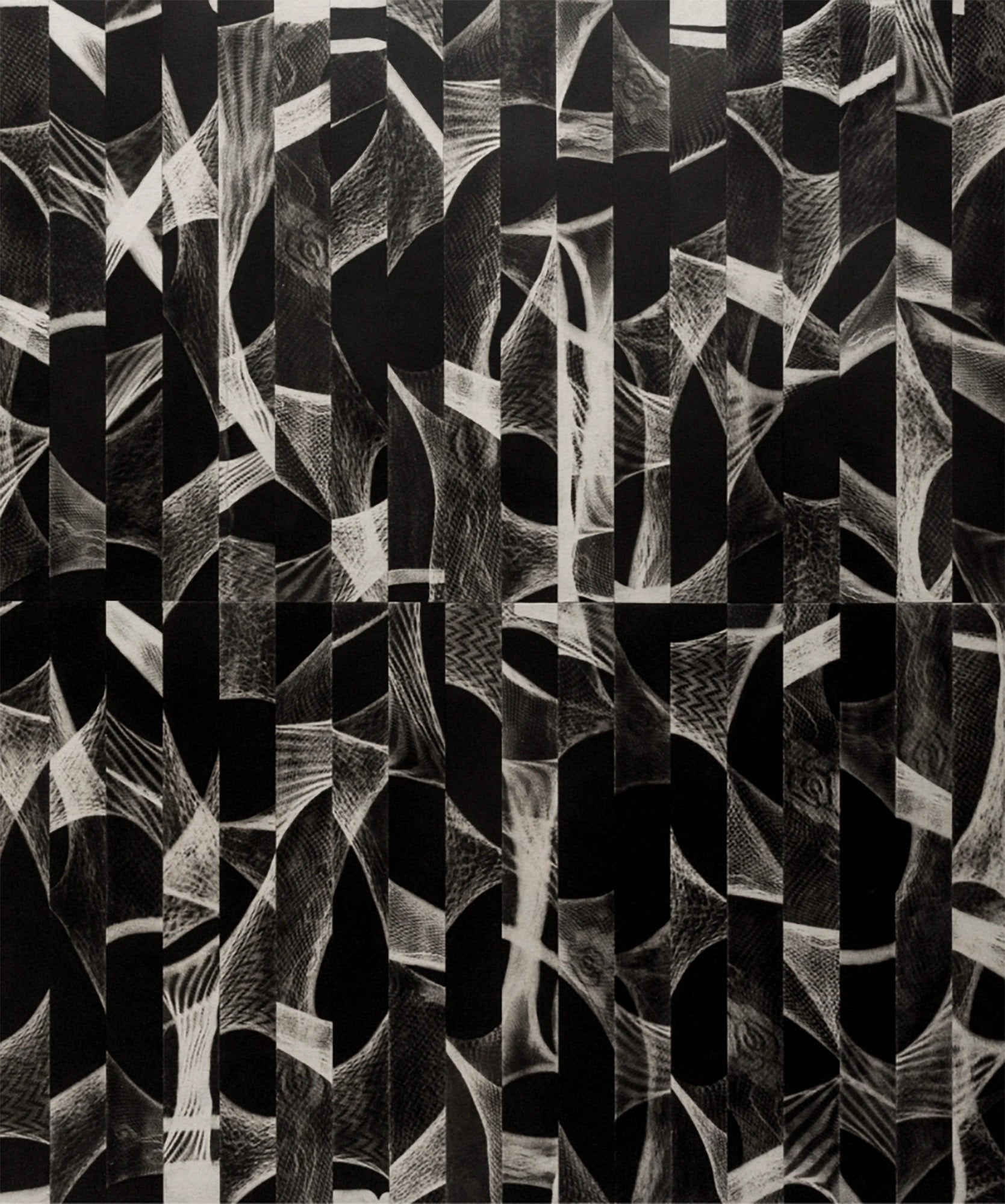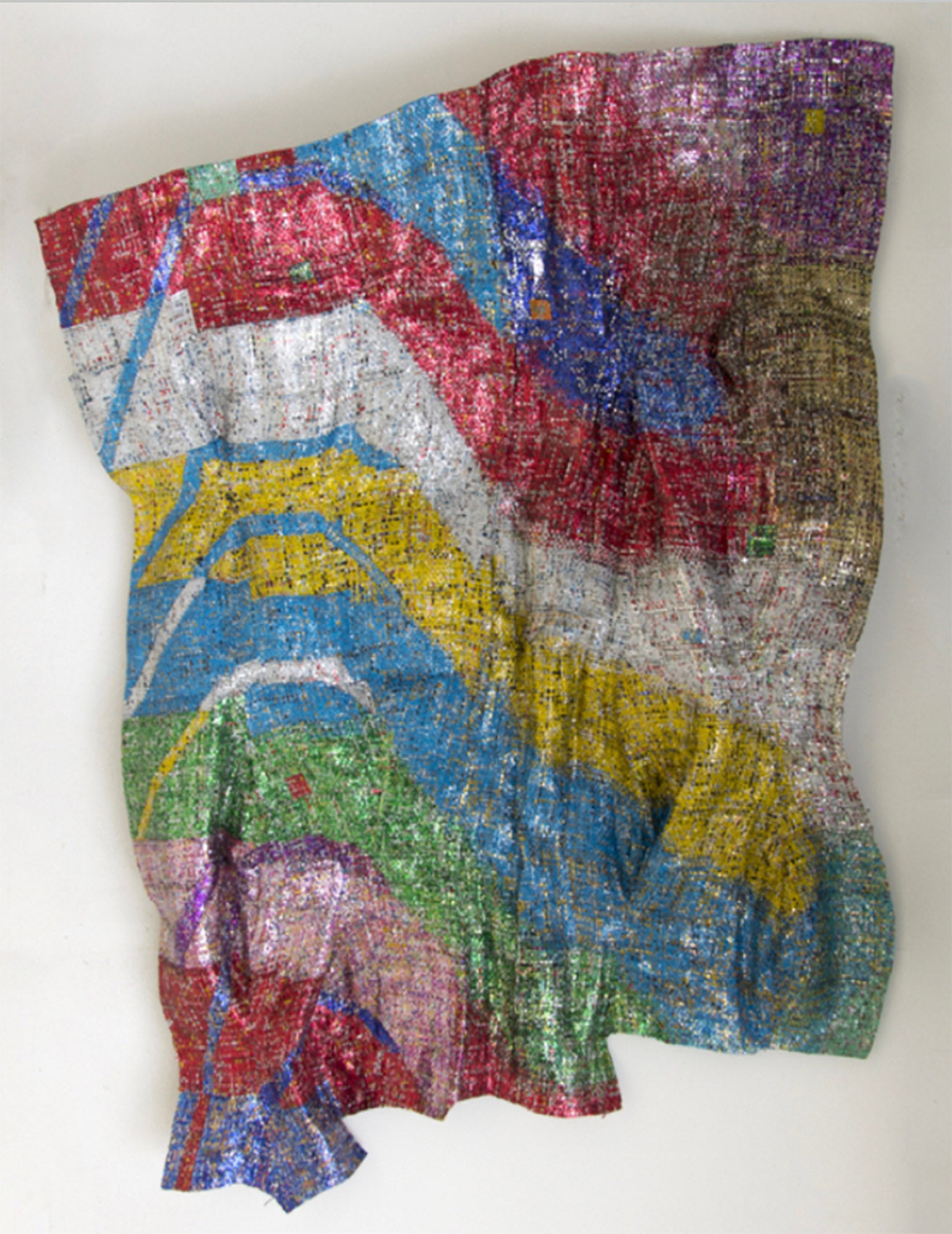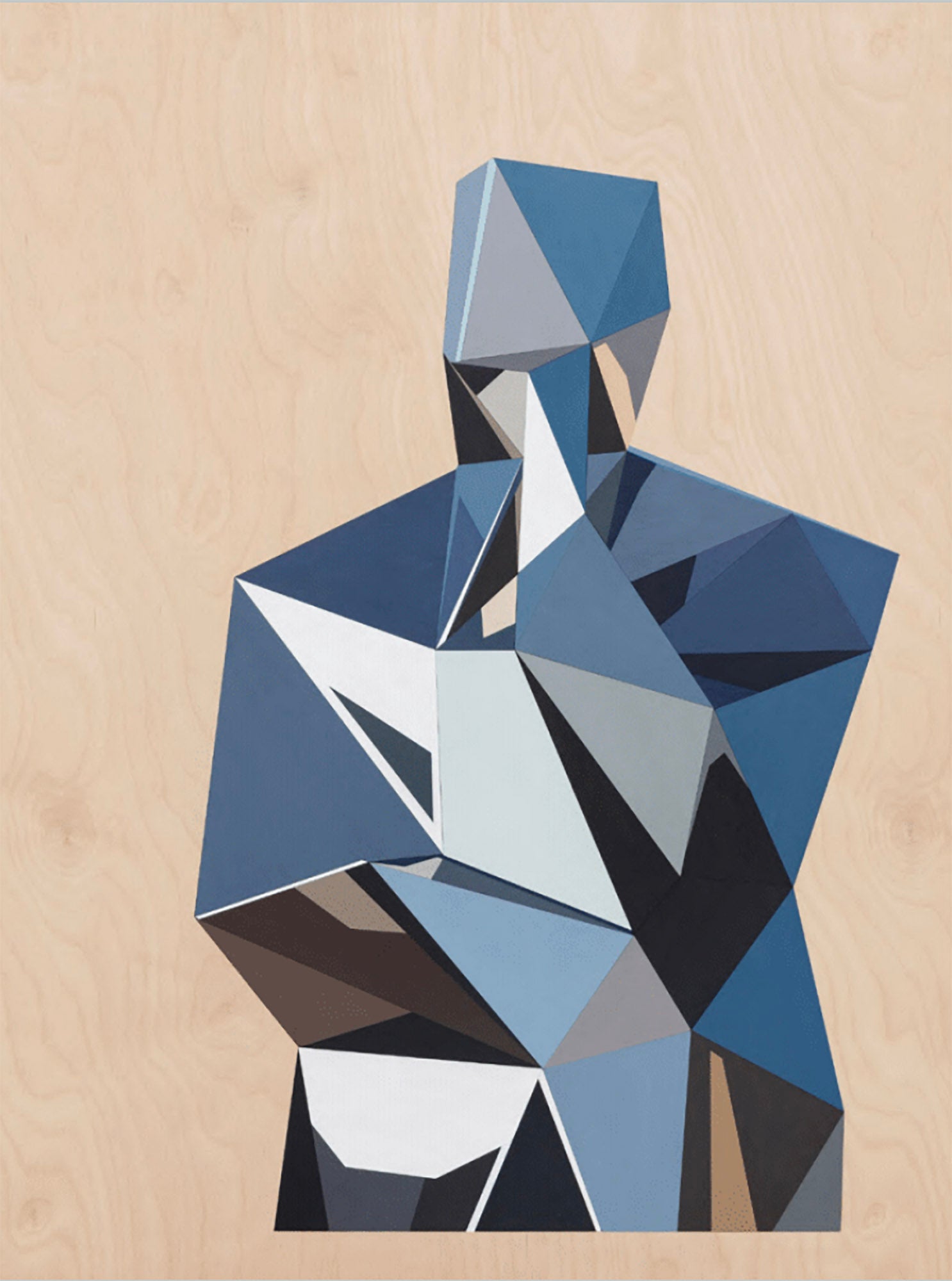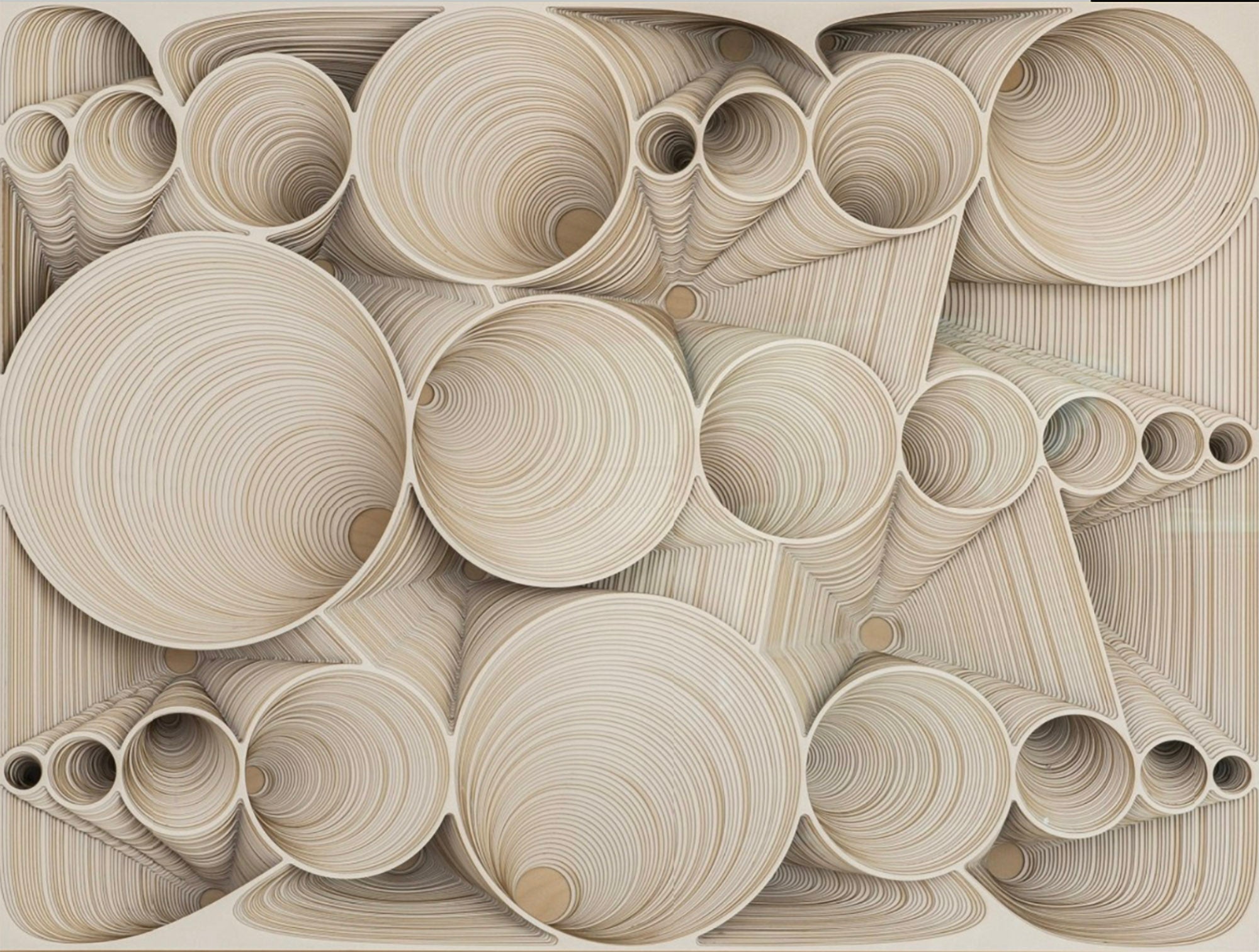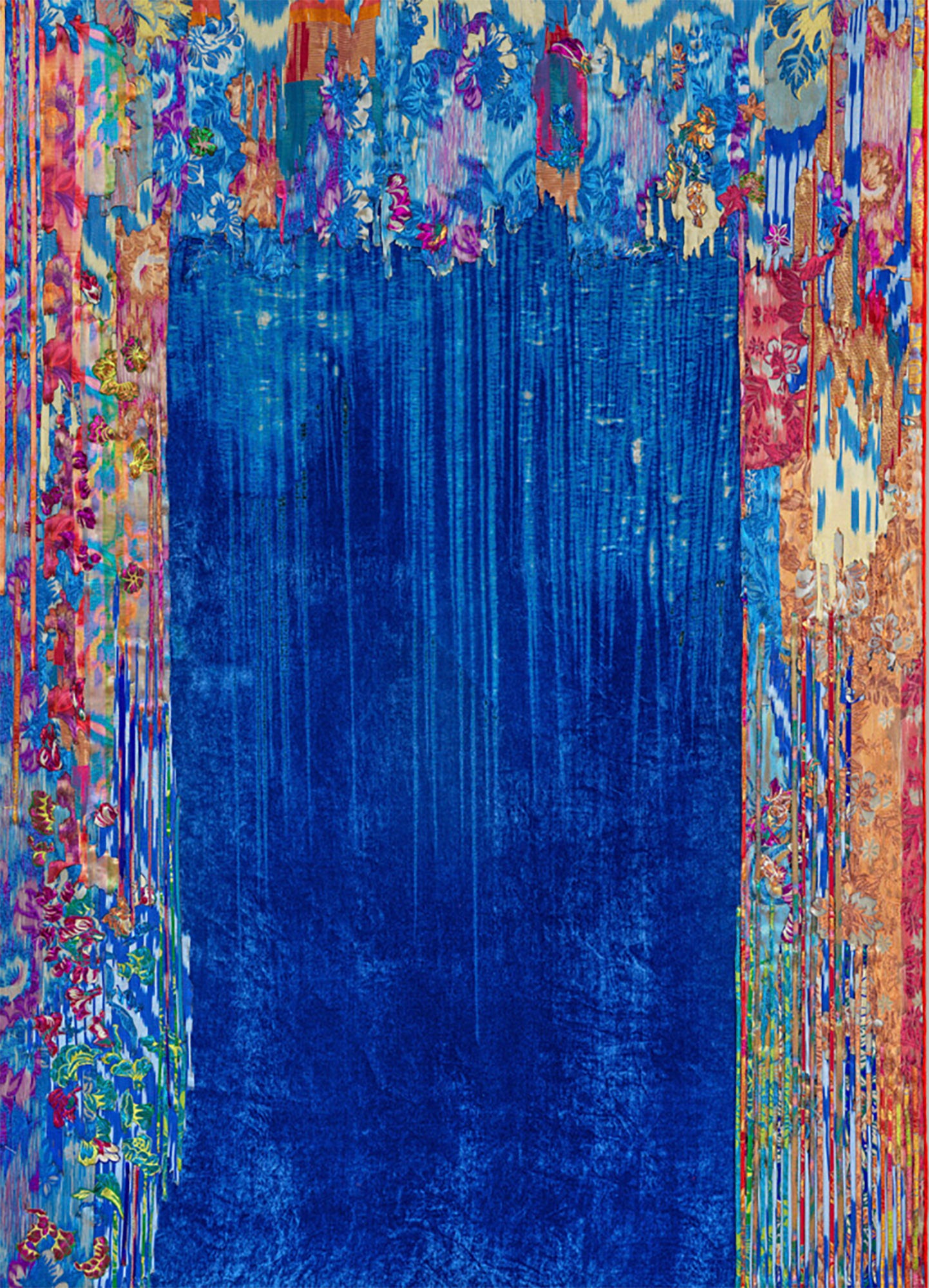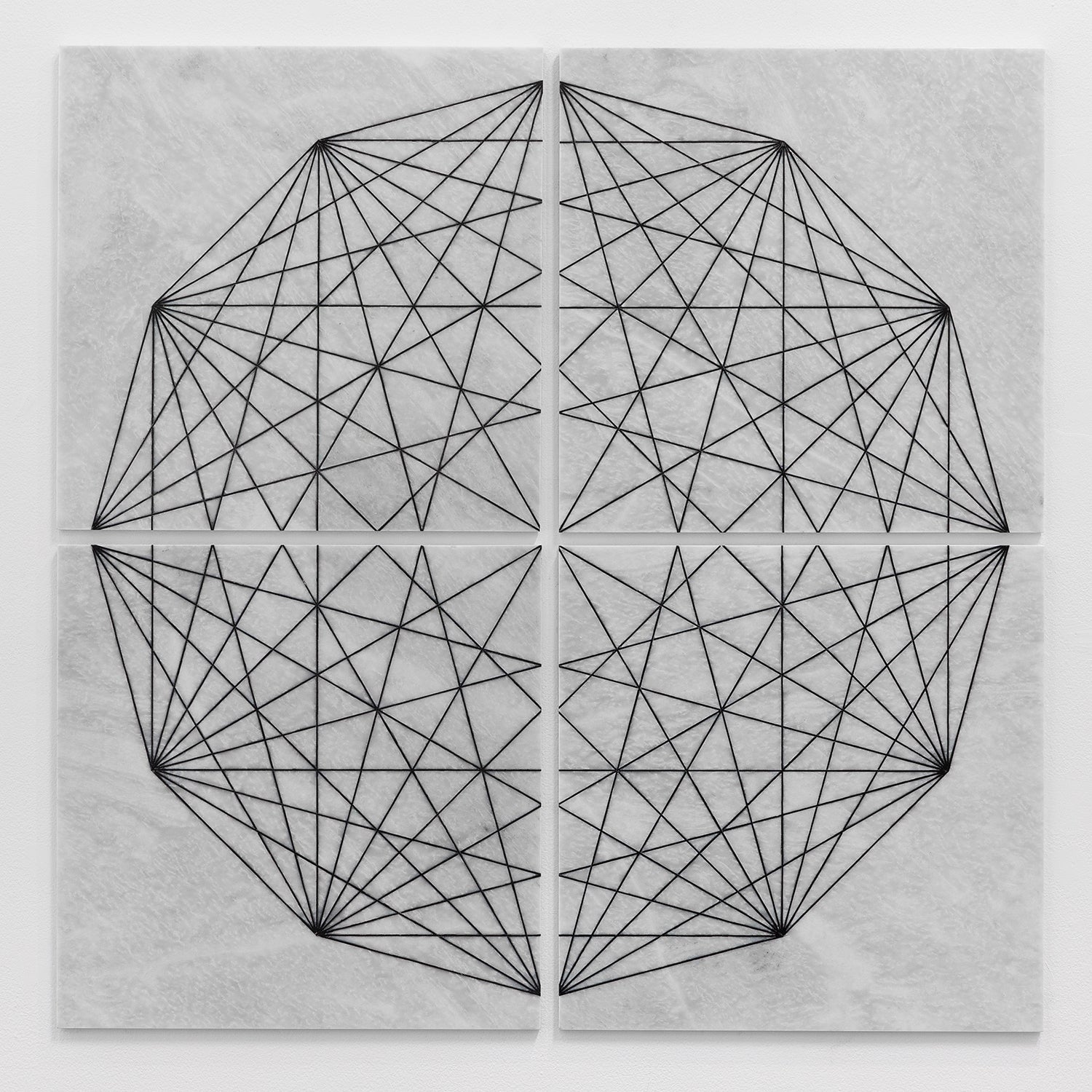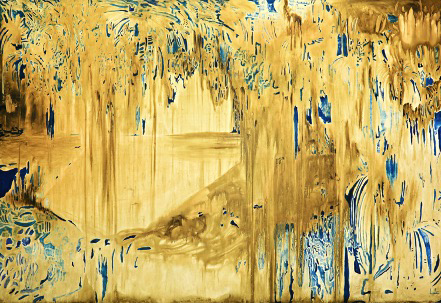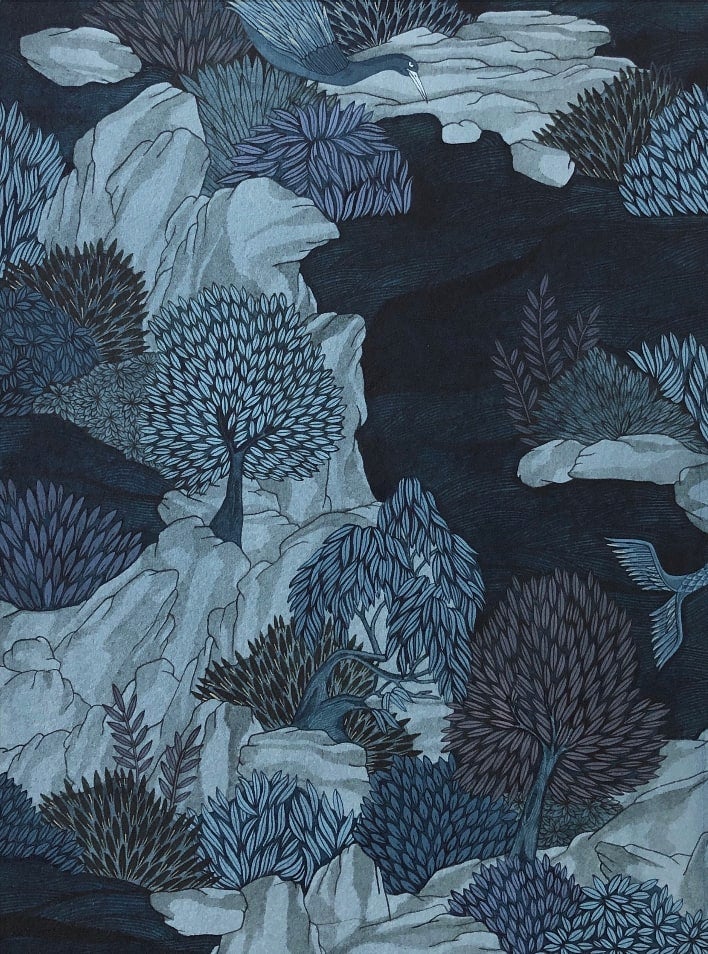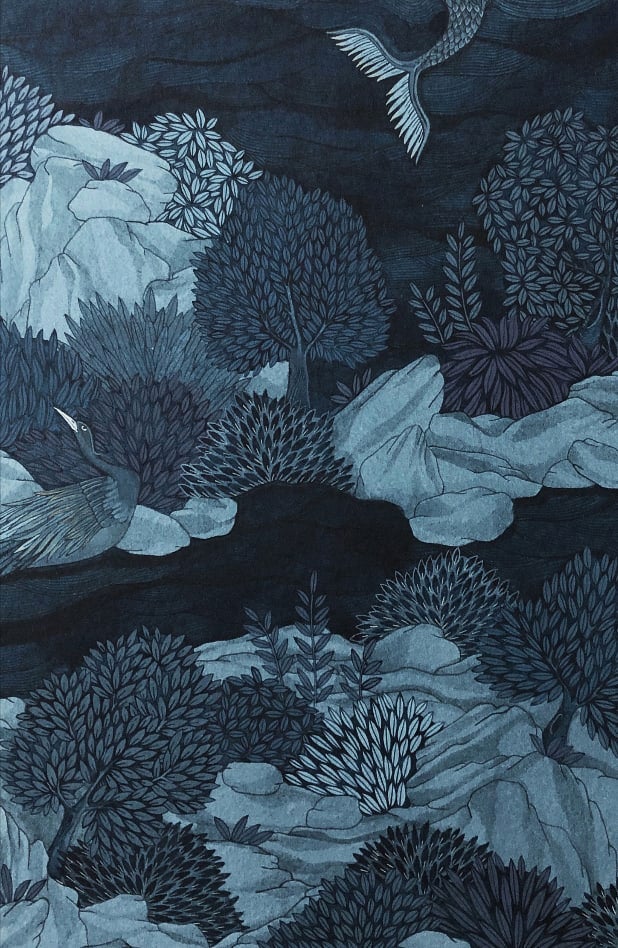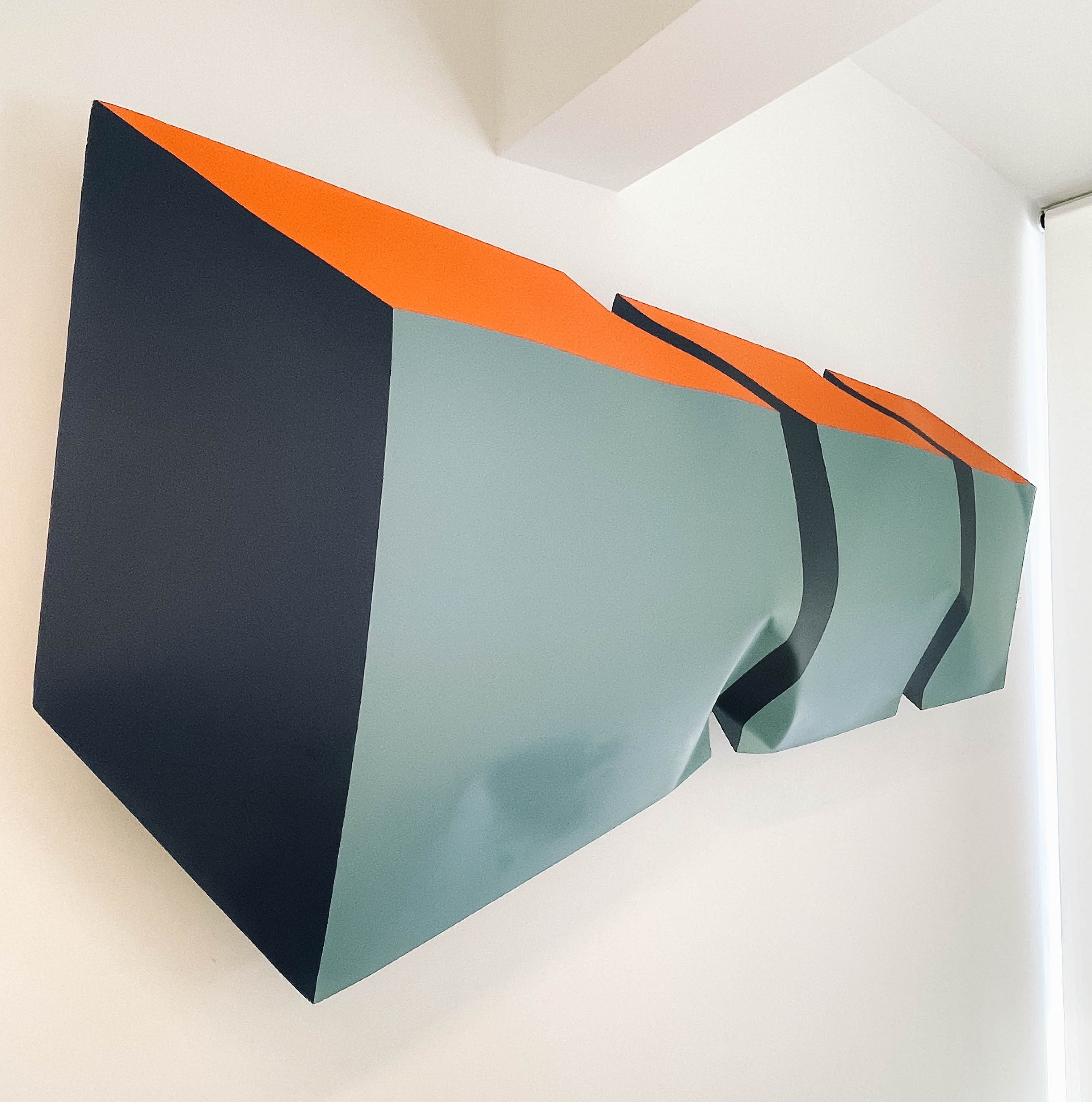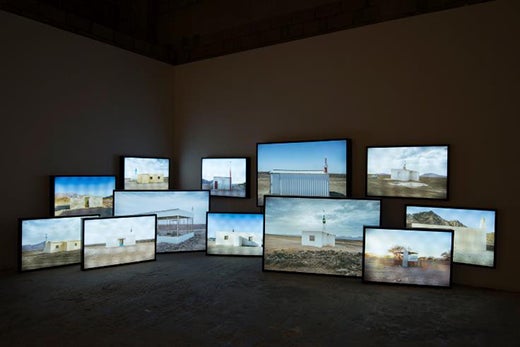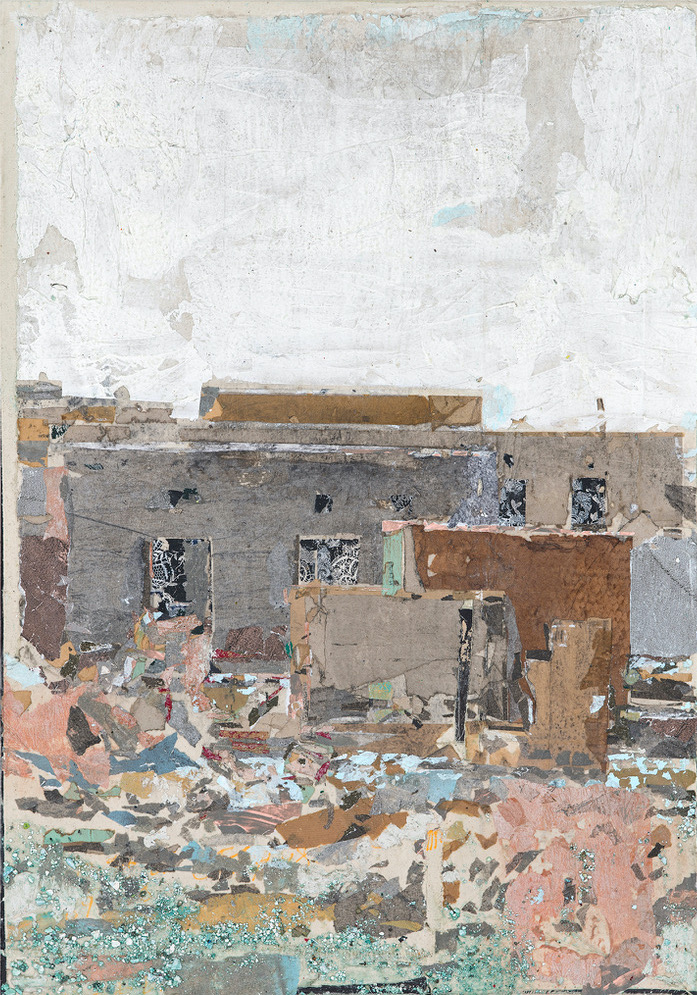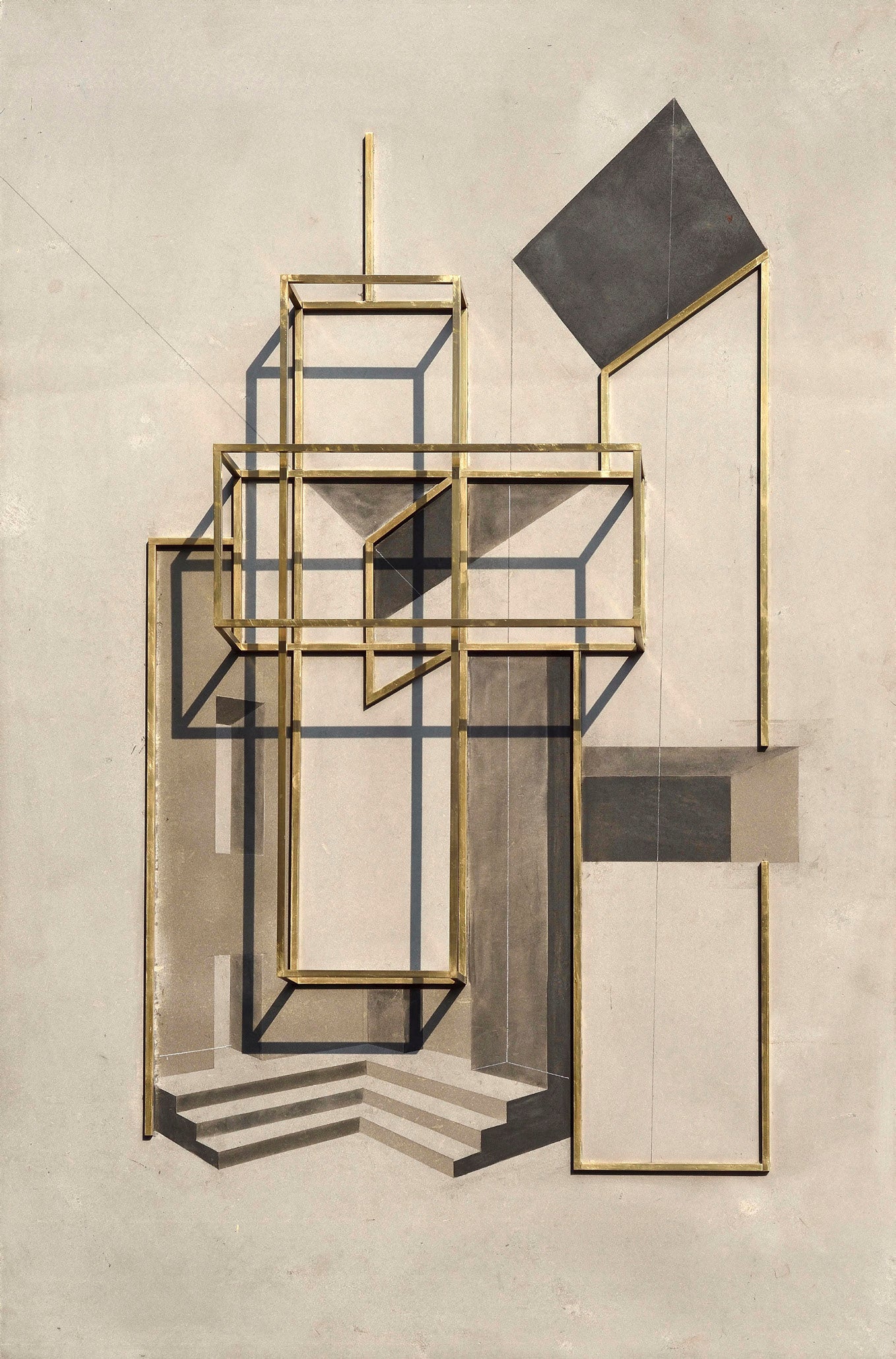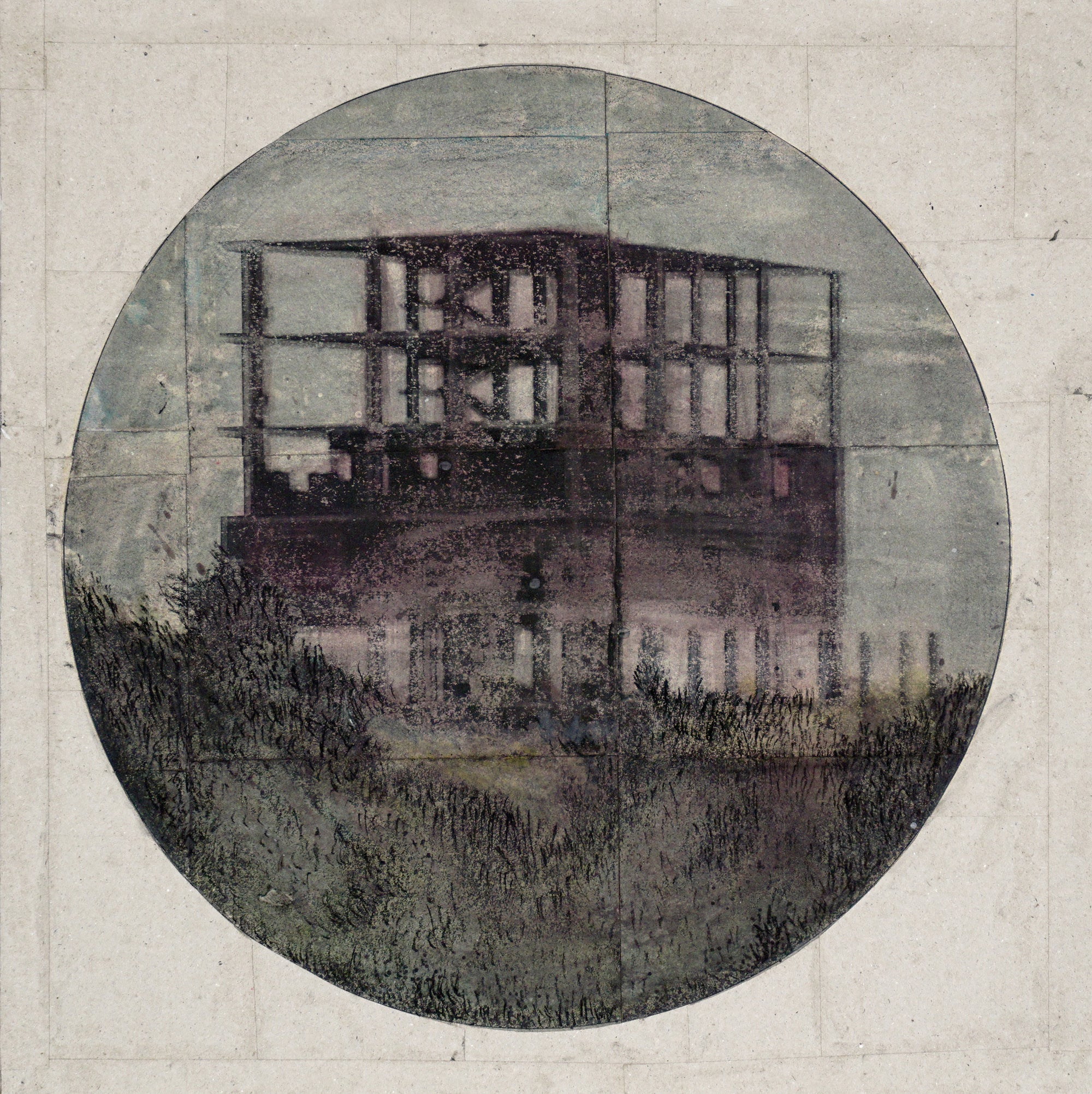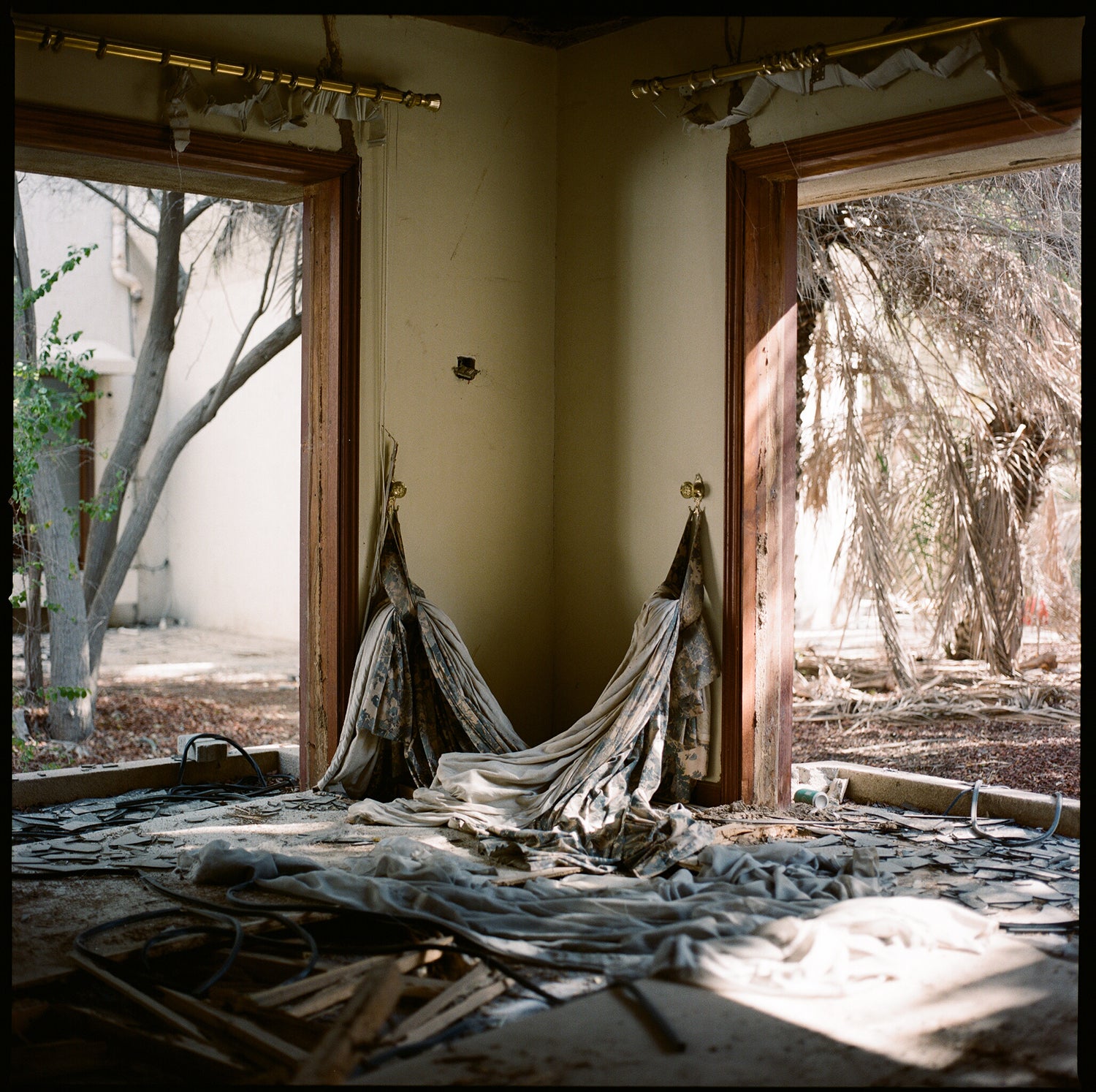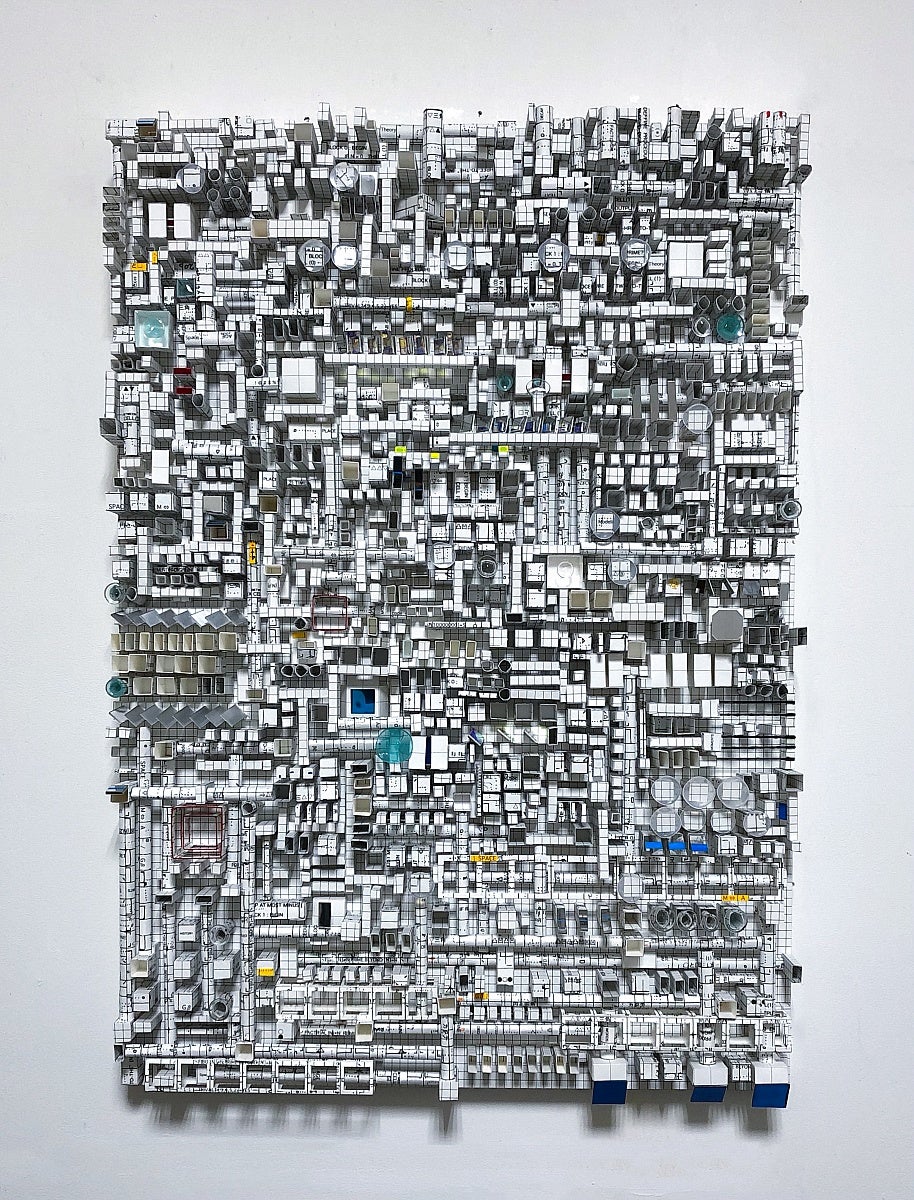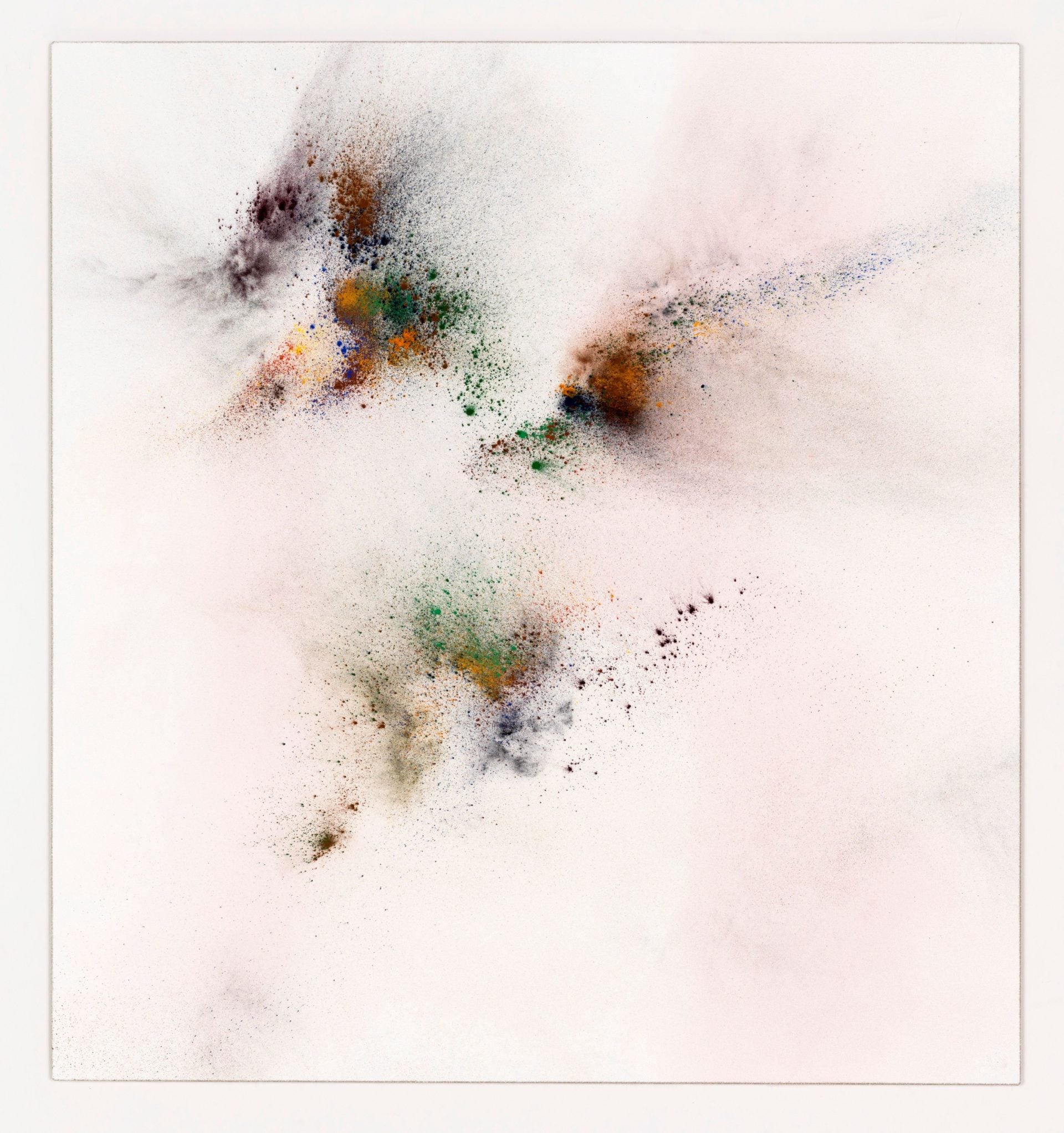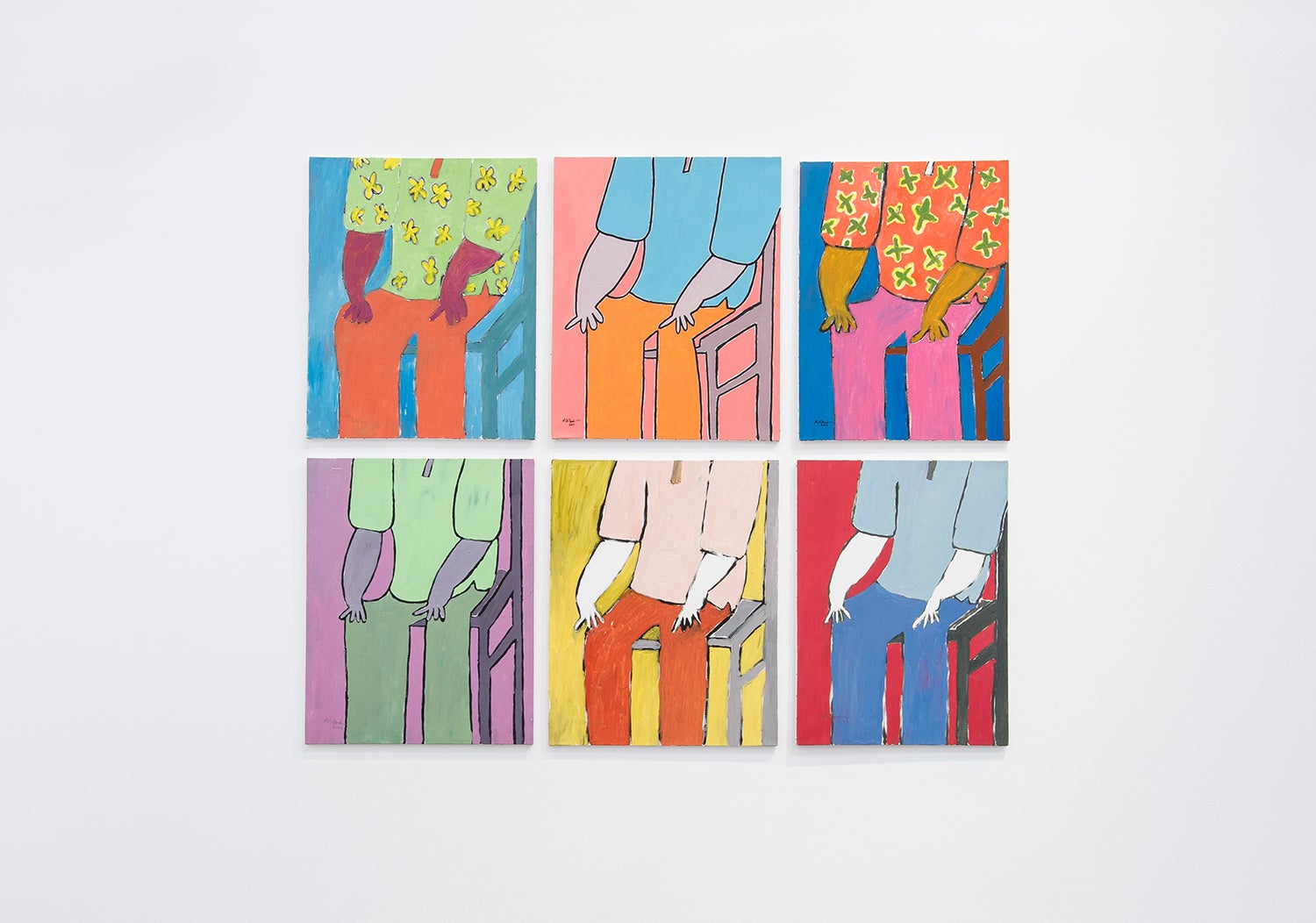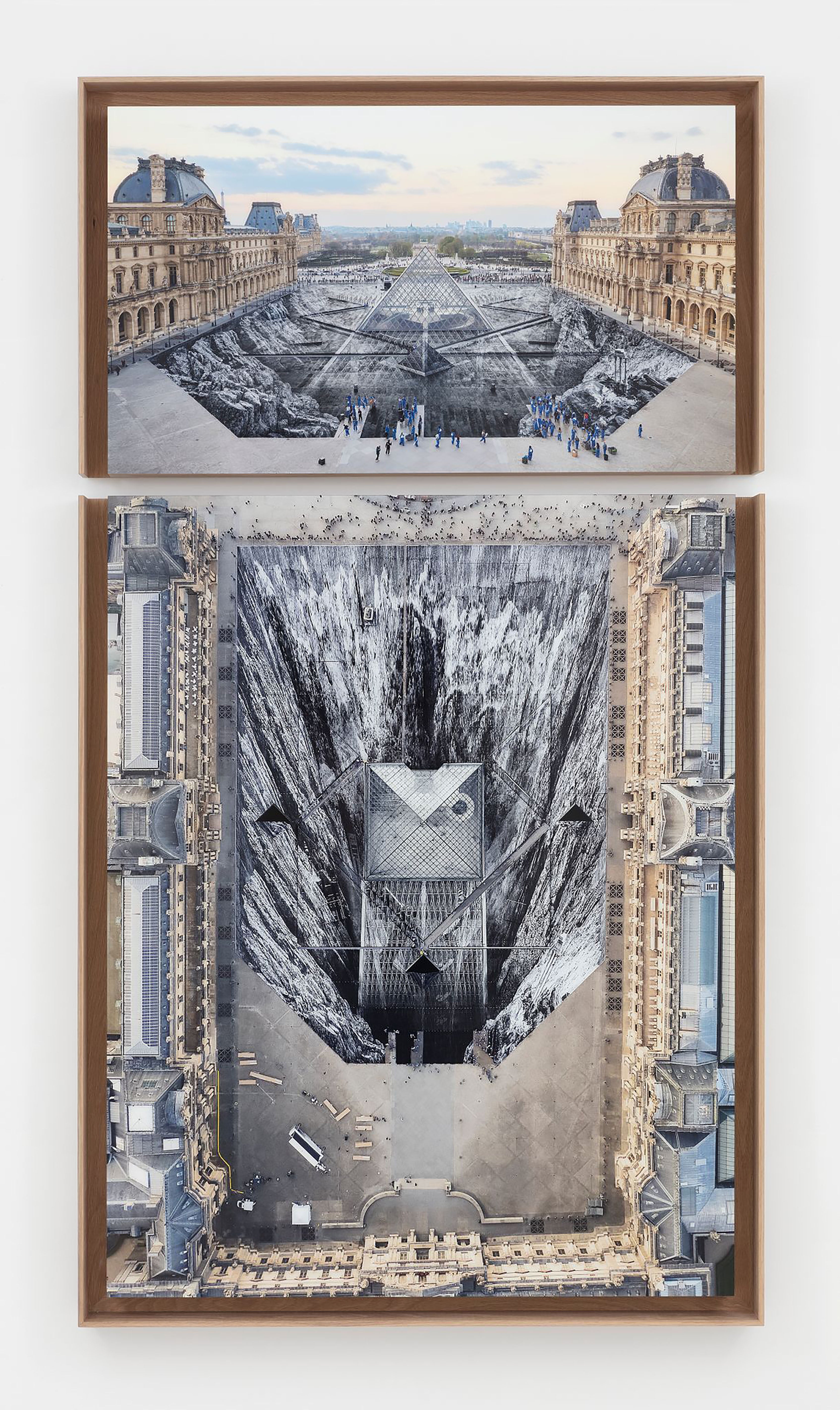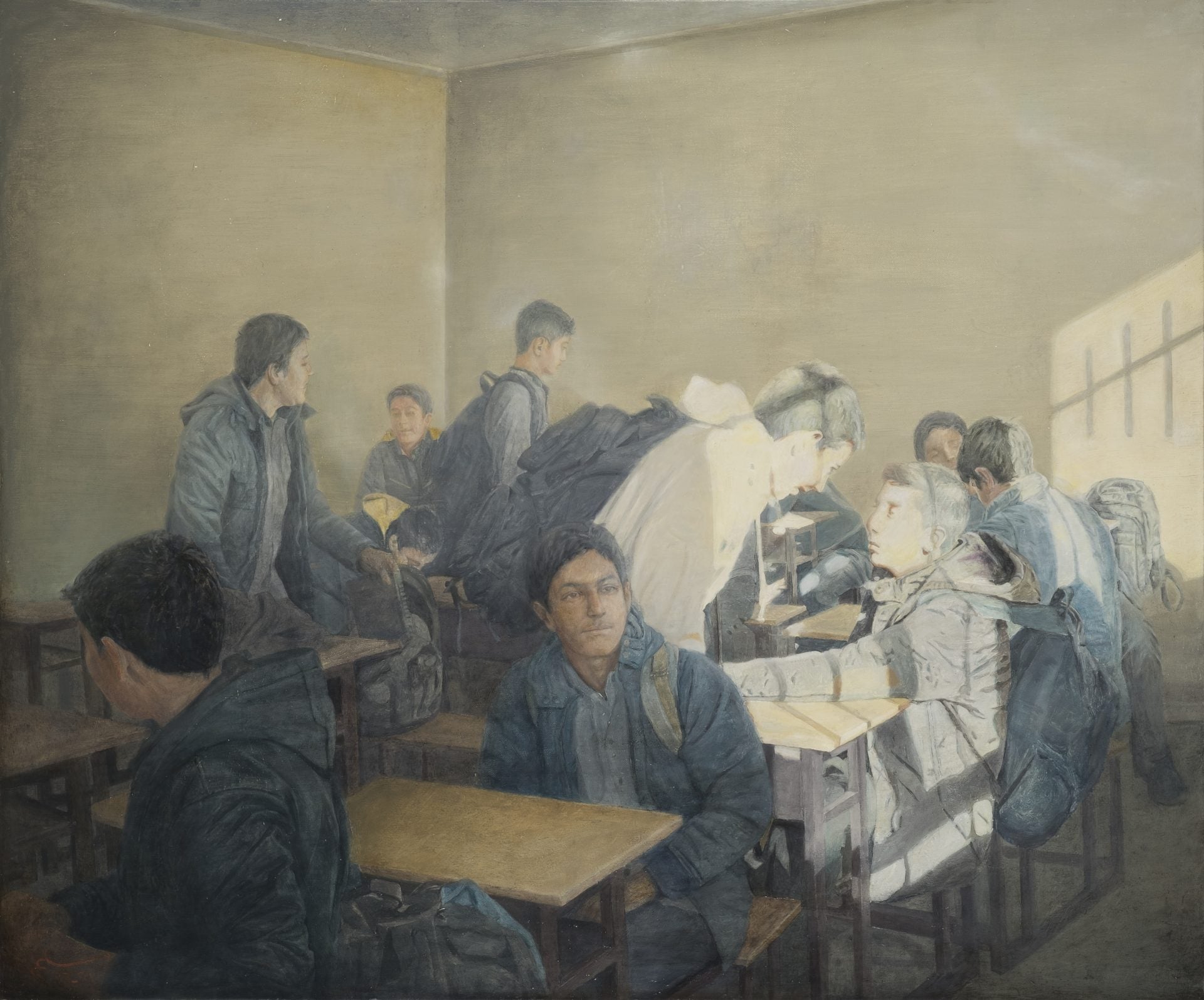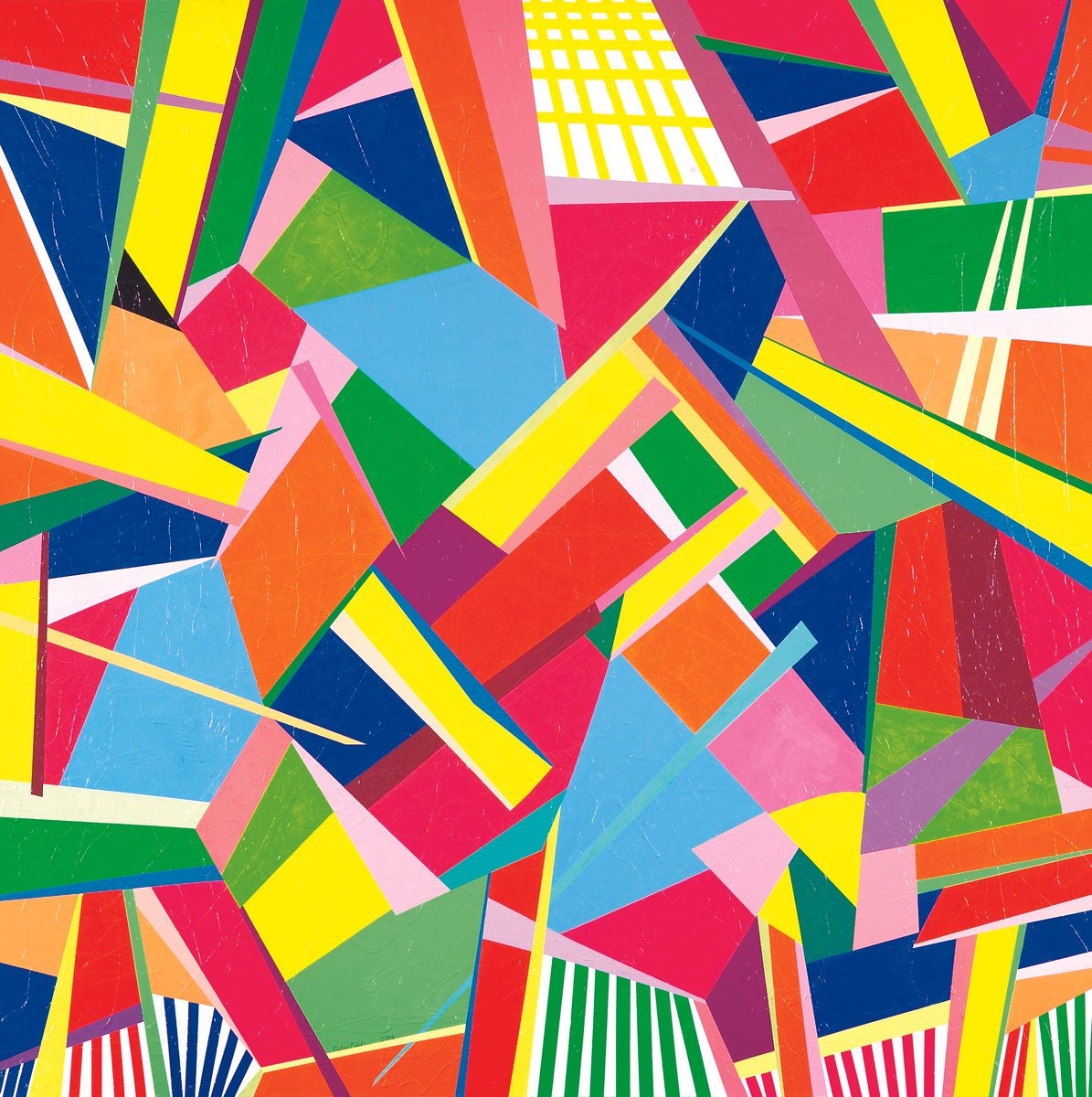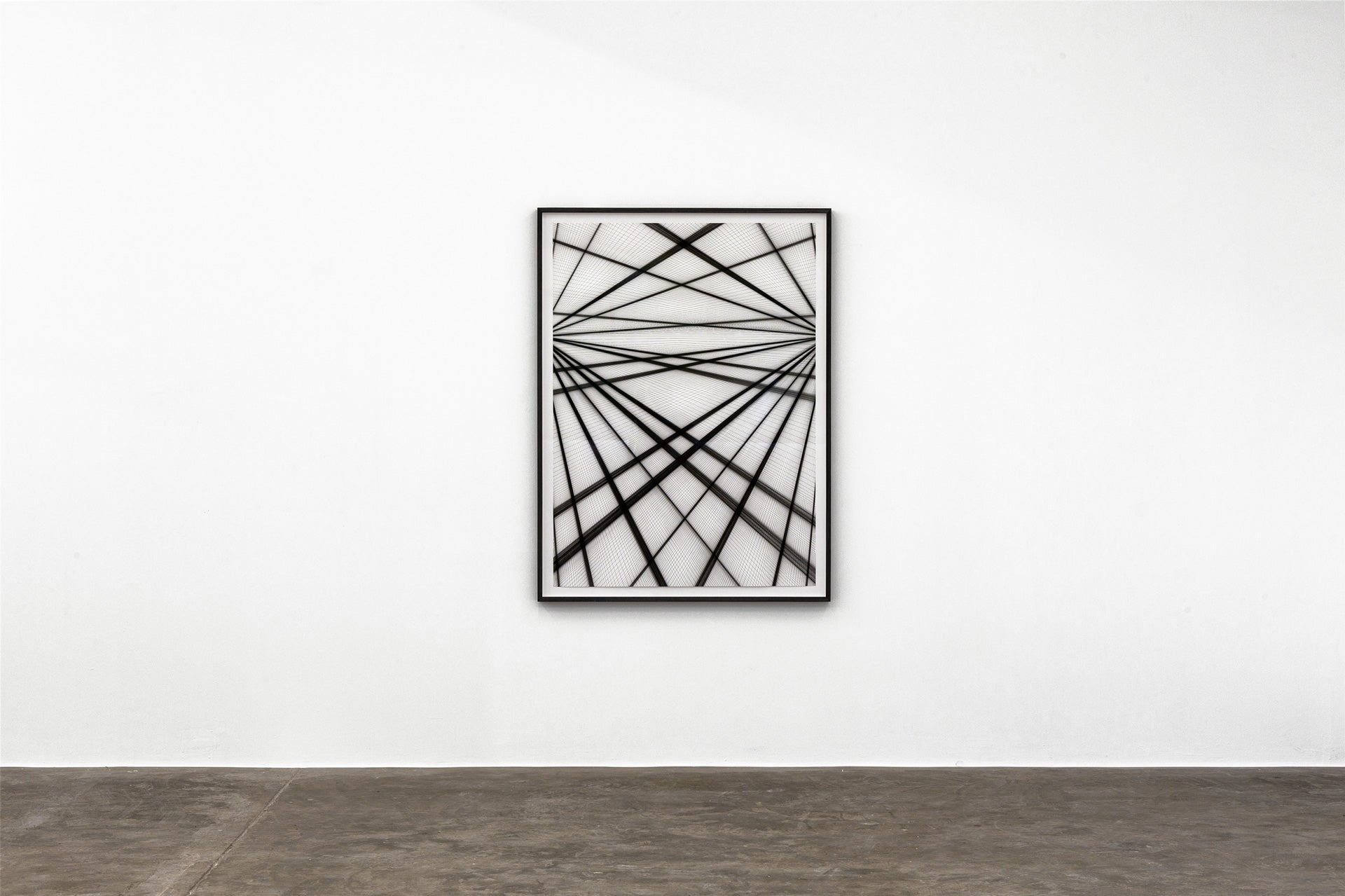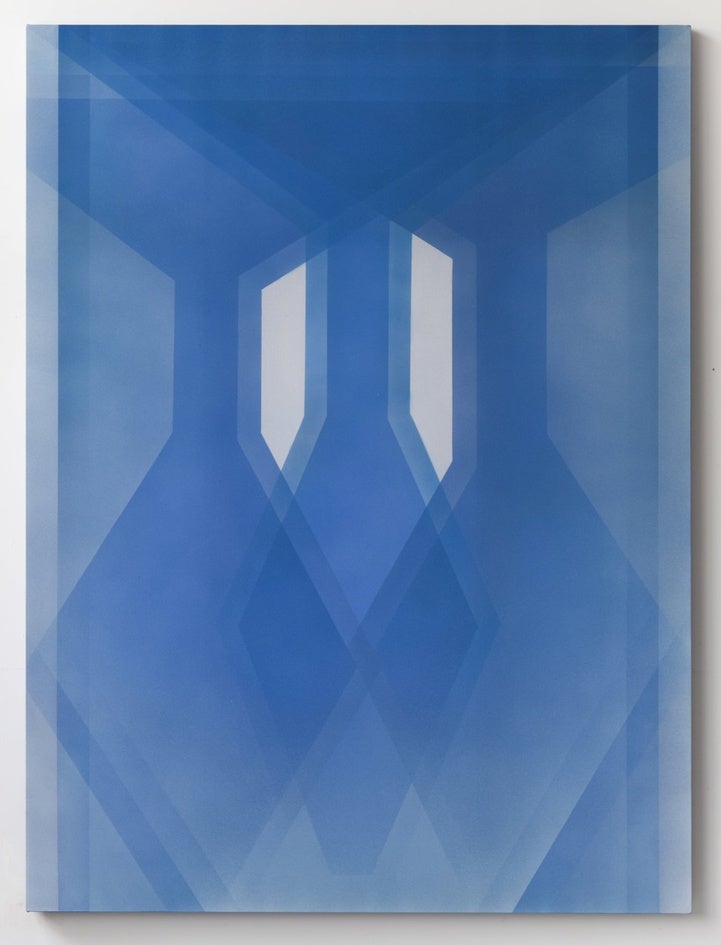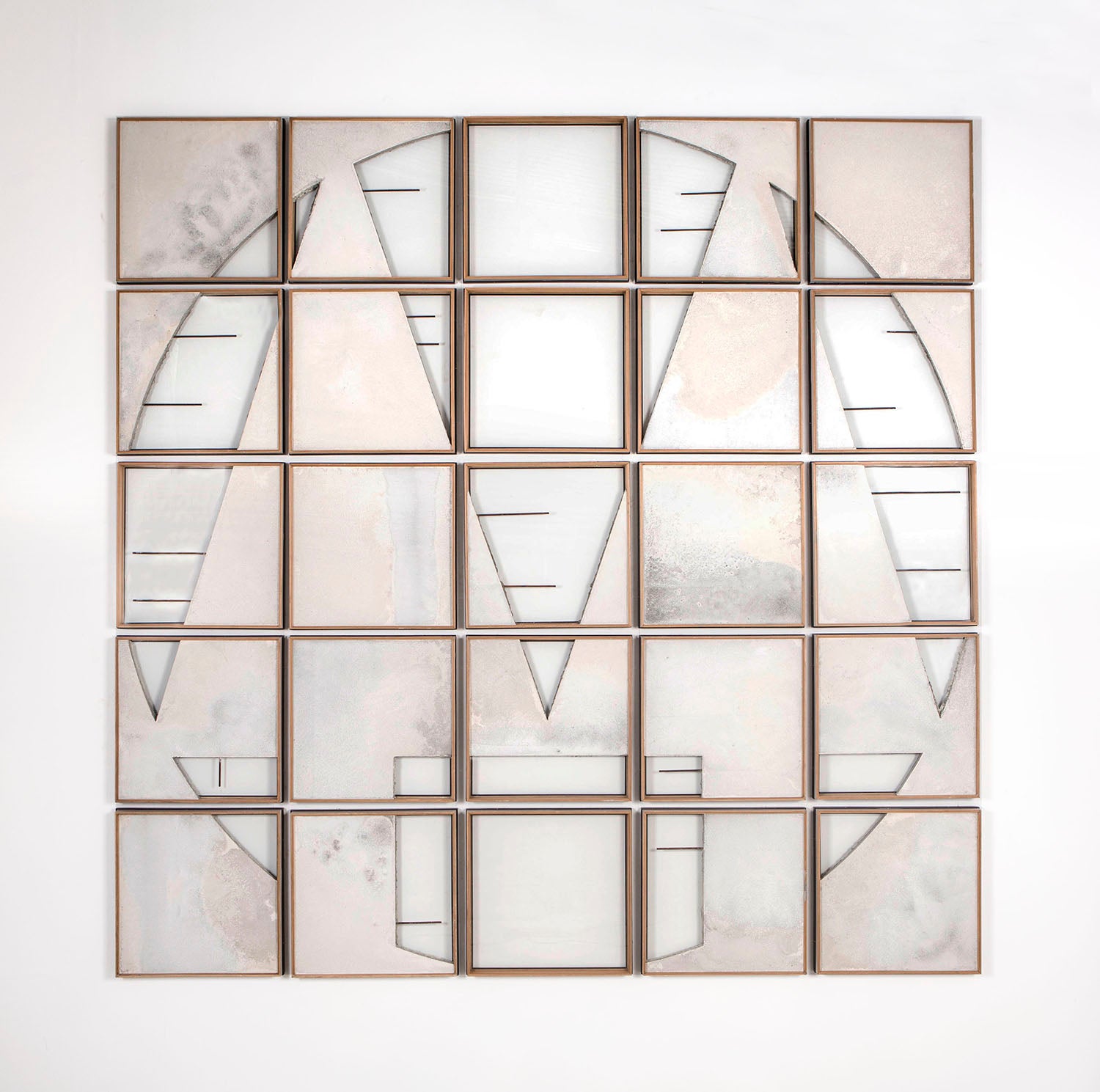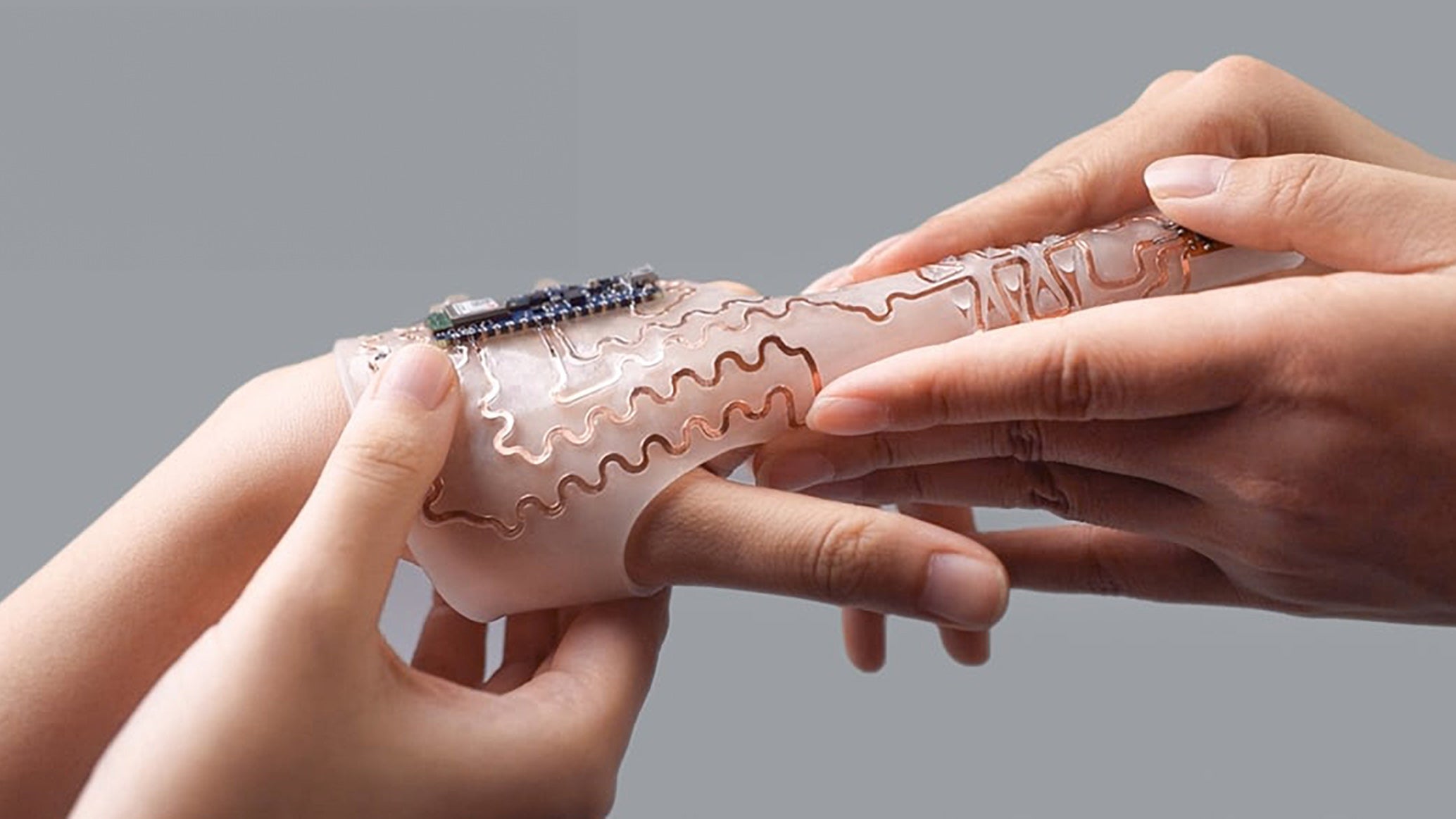Colombia, (b. 1983)
Mamarracho
Acrylic on canvas on wood
200 x 223 x 4
2021
Ivan Argote studied at the Universidad Nacional de Colombia in Bogotá, Colombia; and at l’Ecole de Beaux Arts in Paris, France. His work explores the relationship between history, politics, and the construction of our own subjectivities. Argote’s films, sculptures, collages, and public space installations attempt to generate questions about how we relate to others, to the state, to patrimony and traditions. His works are critics, sometimes anti-institutional, that relate to the idea of bringing affects to the politics, and politics to the affects, with a strong and tender tone.
Some of his solo exhibitions include Juntos Together ASU – Arizona State University Art Museum, Tempe (AZ) 2019; Radical Tenderness, MALBA, Buenos Aires, 2018; Somos Tiernos, Museo Universitario del Chopo, Mexico, 2017 and Sírvete de mi, sírveme de ti, Proyecto Amil, Lima, among others. He has also participated in numerous group exhibitions, biennials and film festivals such as Global Resistance, Centre Pompidou, Paris, FR, 2020; Desert X, Coachella Valley, CA, US, 2019 and Poéticas de la emoción, Caixa Forum, Barcelona; 2018 and Regreso al futuro, Casa Encendida, Madrid, 2018, among others.
His works are part of important collections such as Guggenheim Museum, New York, US, Centre Pompidou, Paris, FR, ASU Art Museum, Phoenix, USA, CNAP (Centre National des Arts Plastiques), Paris, FR, Colección de Arte del Banco de la República, Bogotá, CO, Kadist Foundation, San Francisco, USA, Cisneros Fontanals Art Foundation, Miami, USA, MACBA, Barcelone, ES, MUNTREF, Buenos Aires, AR and Saatchi Art, London, UK among others.
Courtesy of Albarran Bourdais

